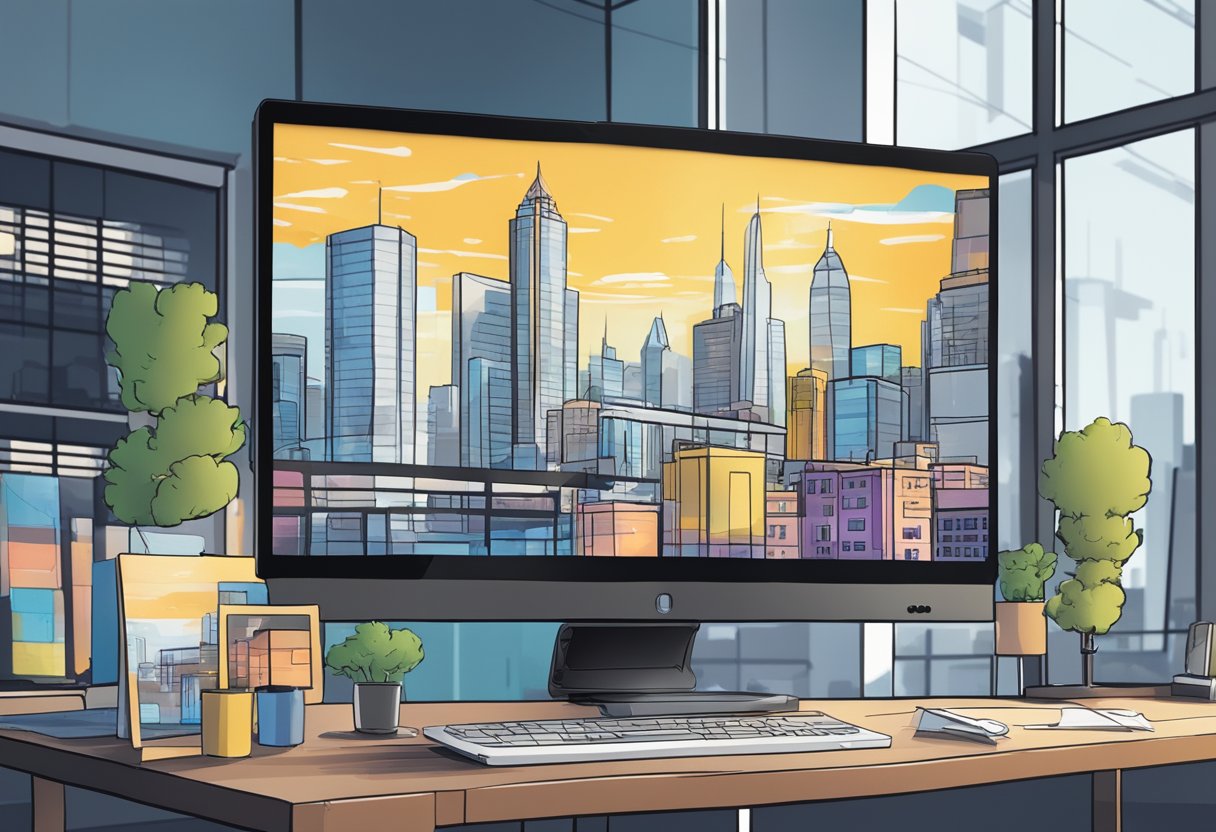Computer vision technology has made significant strides in recent years, thanks to advancements in artificial intelligence (AI) and machine learning. This technology enables machines to recognize, understand, and interpret images and videos, which has opened up new possibilities for various industries.
With the help of computer vision, machines can now see and analyze the world around them, providing valuable insights and improving decision-making processes.
One of the key components of computer vision technology is the algorithm. Algorithms are sets of instructions that tell machines how to process and analyze visual data.
With the help of deep learning techniques, algorithms can now learn from large datasets, improving their accuracy and reliability over time. This has led to significant breakthroughs in areas such as object recognition, facial recognition, and image segmentation, among others.
Research in computer vision technology is ongoing, with experts constantly working to improve the capabilities of machines. As the technology continues to evolve, it is expected to have a significant impact on various sectors, including healthcare, transportation, and security.
With the ability to analyze vast amounts of visual data quickly and accurately, computer vision technology is poised to revolutionize the way we live and work.
Breakthroughs in Computer Vision Technology
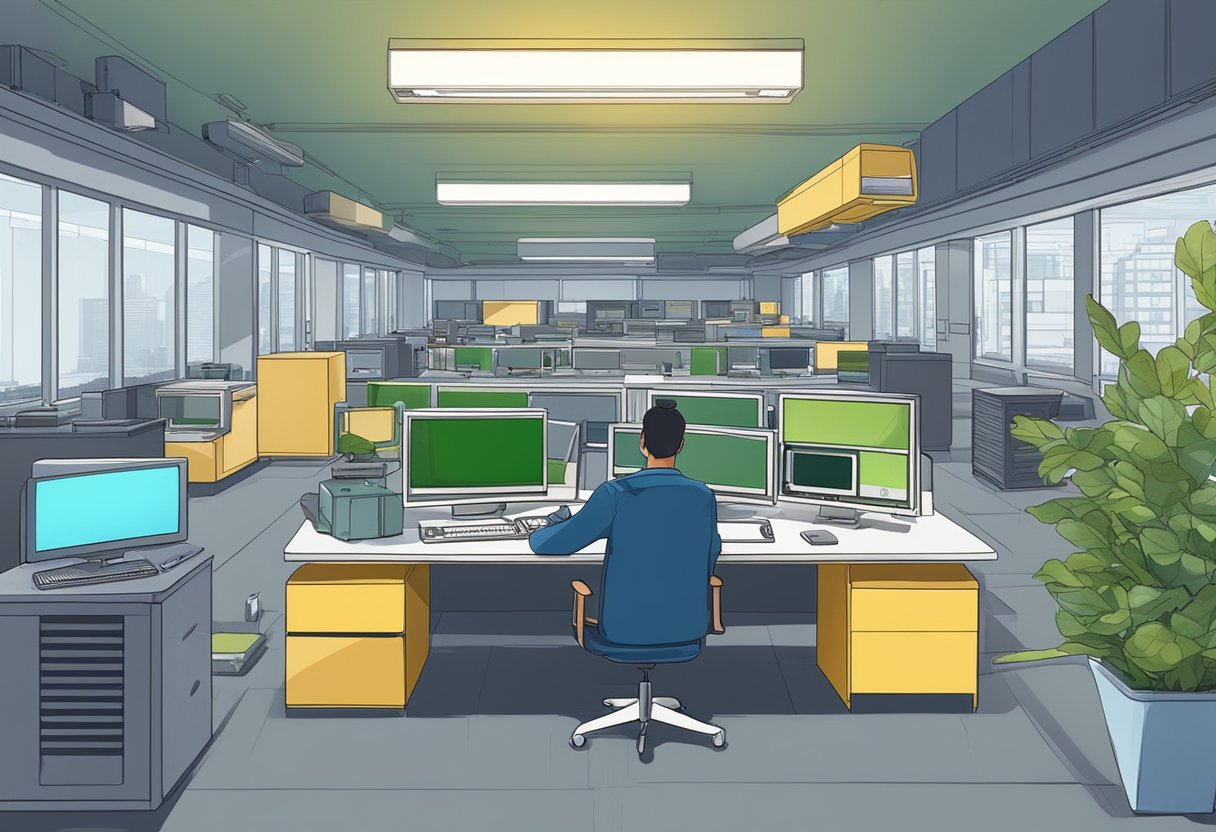
Computer vision technology has seen significant advancements in recent years, thanks to the growing importance of artificial intelligence and machine learning. These developments have led to a range of new applications and possibilities, from self-driving cars to facial recognition technology. In this section, we will explore some of the most significant breakthroughs in computer vision technology.
Advances in Machine Learning Algorithms
Machine learning algorithms have played a critical role in advancing computer vision technology. In particular, convolutional neural networks (CNNs) have emerged as a powerful tool for image recognition and classification.
CNNs are designed to mimic the way the human brain processes visual information, allowing them to identify patterns and features in images with remarkable accuracy.
Recent developments in machine learning algorithms have focused on improving the efficiency and accuracy of CNNs. For example, researchers have developed new techniques for training CNNs with limited datasets, allowing them to recognize objects with greater accuracy even when there is limited training data available.
Enhanced Image and Video Processing Capabilities
Advancements in image and video processing capabilities have also played a critical role in the development of computer vision technology. One significant breakthrough has been the development of algorithms that can process images and videos in real-time.
This has enabled a range of new applications, from real-time object detection to facial recognition technology.
Other advancements in image and video processing have focused on improving the quality of images and videos. For example, researchers have developed algorithms that can remove noise and other artifacts from images, resulting in higher-quality images that are easier to analyze.
Innovations in 3D Object Detection and Modeling
Another area of significant breakthroughs in computer vision technology has been in 3D object detection and modeling. This technology allows computers to recognize and model 3D objects in real-world environments, which is critical for applications such as self-driving cars and robotics.
Recent advancements in 3D object detection and modeling have focused on improving the accuracy and speed of these algorithms. For example, researchers have developed new techniques for combining 2D and 3D data to create more accurate models of objects in the real world.
Applications Transforming Industries

Computer vision technology has come a long way in recent years, and its applications are transforming a wide range of industries. From retail to healthcare to automotive, computer vision is revolutionizing the way we live and work.
Revolutionizing Retail with Computer Vision
In the world of retail, computer vision is being used to improve everything from inventory management to customer experience. Retailers like Amazon are using image recognition technology to streamline their supply chain, while companies like IBM are using computer vision to create personalized shopping experiences for customers.
One of the most exciting applications of computer vision in retail is the use of security systems powered by AI. These systems can detect and prevent shoplifting, while also providing retailers with valuable insights into customer behavior.
Healthcare Innovations Powered by Computer Vision
In the healthcare industry, computer vision is being used to improve patient outcomes and streamline processes. Medical professionals are using computer vision to diagnose diseases, monitor patients, and even perform surgeries.
One of the most promising applications of computer vision in healthcare is the use of AI-powered imaging systems. These systems can analyze medical images and provide doctors with real-time insights into a patient’s condition, allowing for faster and more accurate diagnoses.
The Impact on Automotive Technology
In the automotive industry, computer vision is playing a critical role in the development of autonomous vehicles. Companies like Microsoft are using computer vision to create advanced driver assistance systems, while others are using the technology to develop self-driving cars.
Computer vision is also being used to improve vehicle safety and reduce accidents. Advanced camera systems can detect potential hazards on the road and alert drivers to potential dangers.
The Role of Computer Vision in Smart Cities and Public Safety
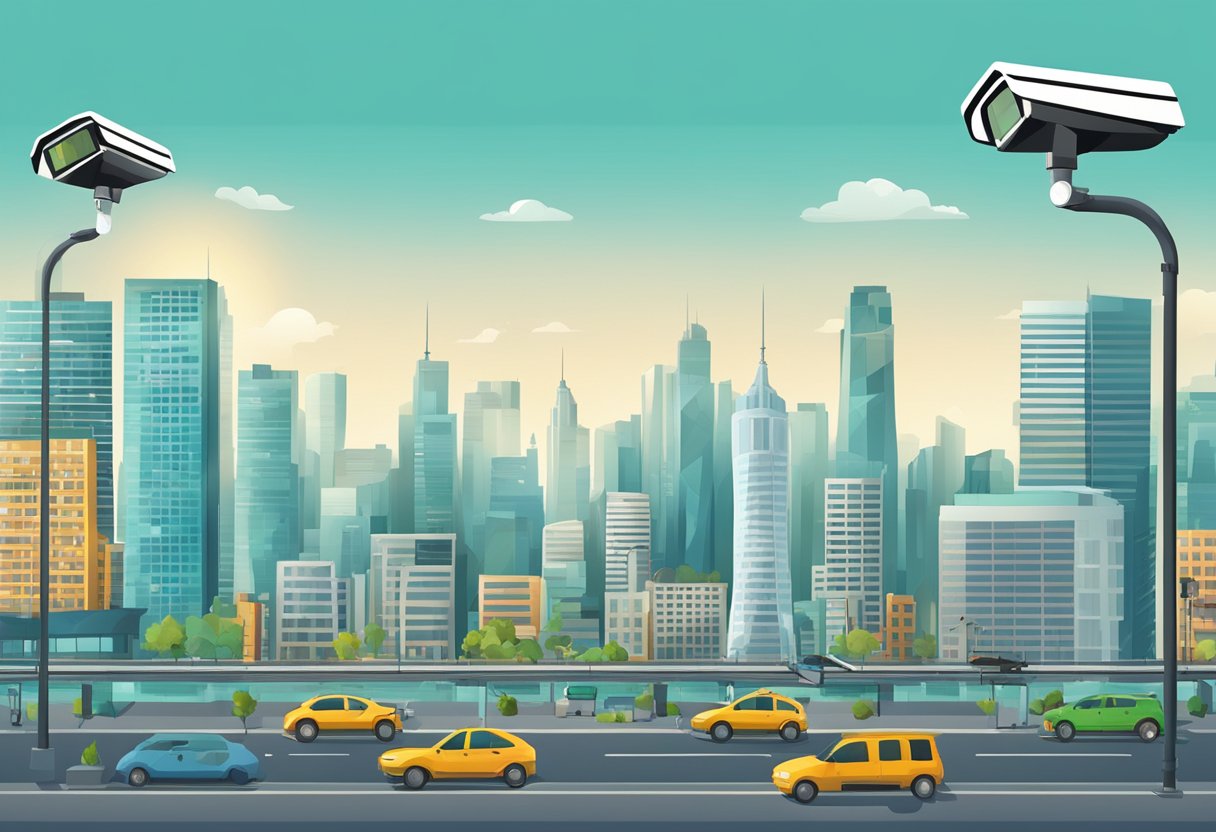
Computer vision technology has been playing a significant role in the development of smart cities and public safety. With the help of computer vision, various aspects of urban life can be monitored and analyzed in real-time, enabling better decision-making and resource management.
Traffic Management and Analysis
One of the most significant applications of computer vision in smart cities is traffic management and analysis. Computer vision-based systems can monitor and analyze traffic flow, identify congestion, and provide real-time data to optimize traffic signals and control systems.
This technology can help reduce traffic congestion, improve traffic flow, and reduce travel times for commuters.
Surveillance and Security Enhancements
Computer vision technology has also been instrumental in enhancing public safety and security in smart cities. Surveillance cameras equipped with computer vision algorithms can detect and track suspicious activities, identify potential threats, and alert authorities in real-time.
This technology can help prevent crime, improve emergency response times, and enhance overall public safety.
Environmental Monitoring and Management
Computer vision technology can also be used for environmental monitoring and management in smart cities. For instance, computer vision-based systems can monitor air quality, detect pollution sources, and provide real-time data to city authorities to take corrective measures.
Challenges and Ethical Considerations
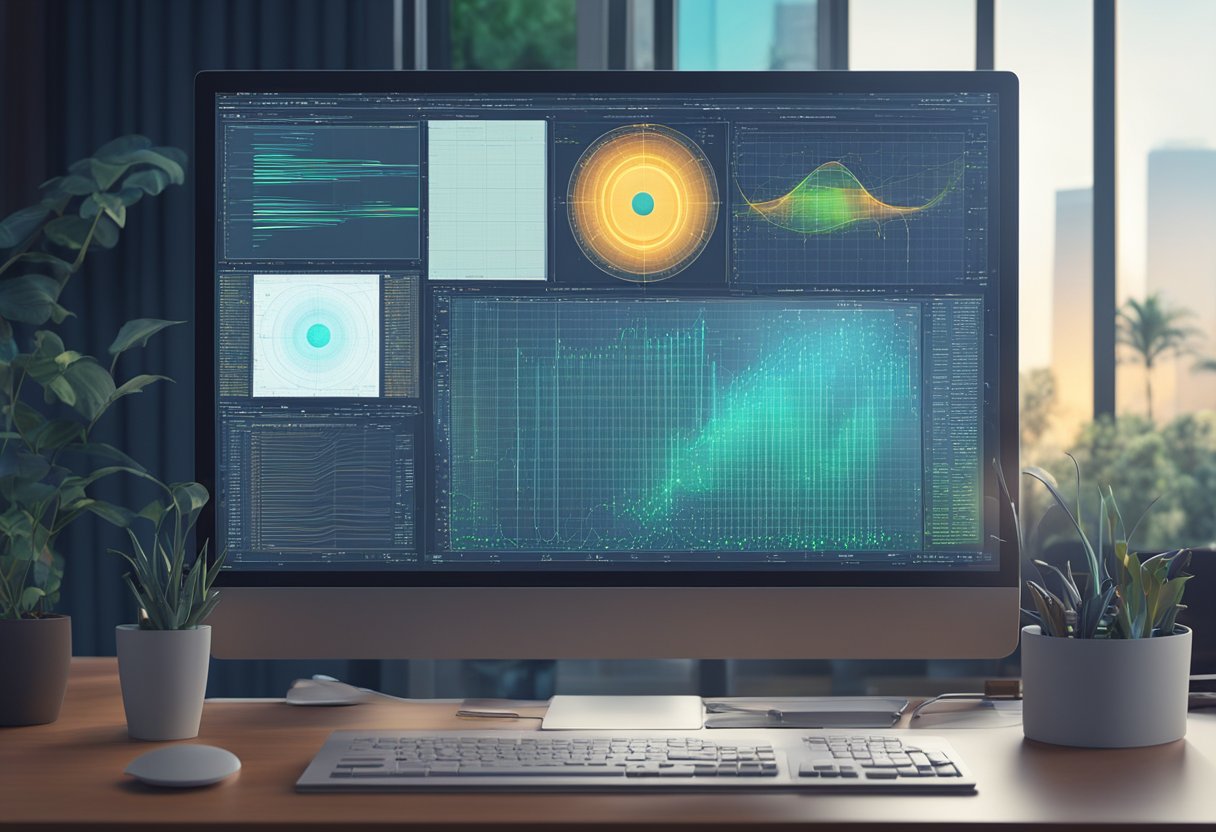
As computer vision technology continues to advance, it is important to consider the challenges and ethical implications that come with it. In this section, we will explore some of the key concerns related to privacy, bias, and employment.
Addressing Privacy Concerns and Data Security
One of the primary concerns with computer vision technology is privacy. As cameras become more prevalent in public spaces, there is a risk that individuals’ personal information could be collected and used without their knowledge or consent.
Additionally, there is a risk that this data could be hacked or stolen, leading to potential identity theft or other forms of harm.
To address these concerns, companies and governments must take steps to ensure that data is collected and stored securely. This includes implementing strong encryption protocols, limiting access to sensitive data, and ensuring that individuals are aware of how their data is being used.
Overcoming Bias in AI and Machine Learning Models
Another challenge with computer vision technology is the potential for bias in AI and machine learning models. These systems are only as good as the data they are trained on, and if that data is biased in some way, the resulting models will be as well.
To overcome this challenge, it is important to ensure that data sets are diverse and representative of the population as a whole. Additionally, developers must be vigilant in identifying and addressing biases that may exist in their models.
The Future of Employment and the Workforce
As computer vision technology continues to advance, there is concern about the impact it will have on employment and the workforce. Some worry that these systems will automate jobs and lead to widespread unemployment.
While it is true that some jobs may be automated, it is important to remember that new jobs will also be created in areas such as data analysis, programming, and maintenance.
Additionally, computer vision technology has the potential to improve workplace safety and efficiency, leading to a more productive and profitable workforce.
Future Directions in Computer Vision Technology
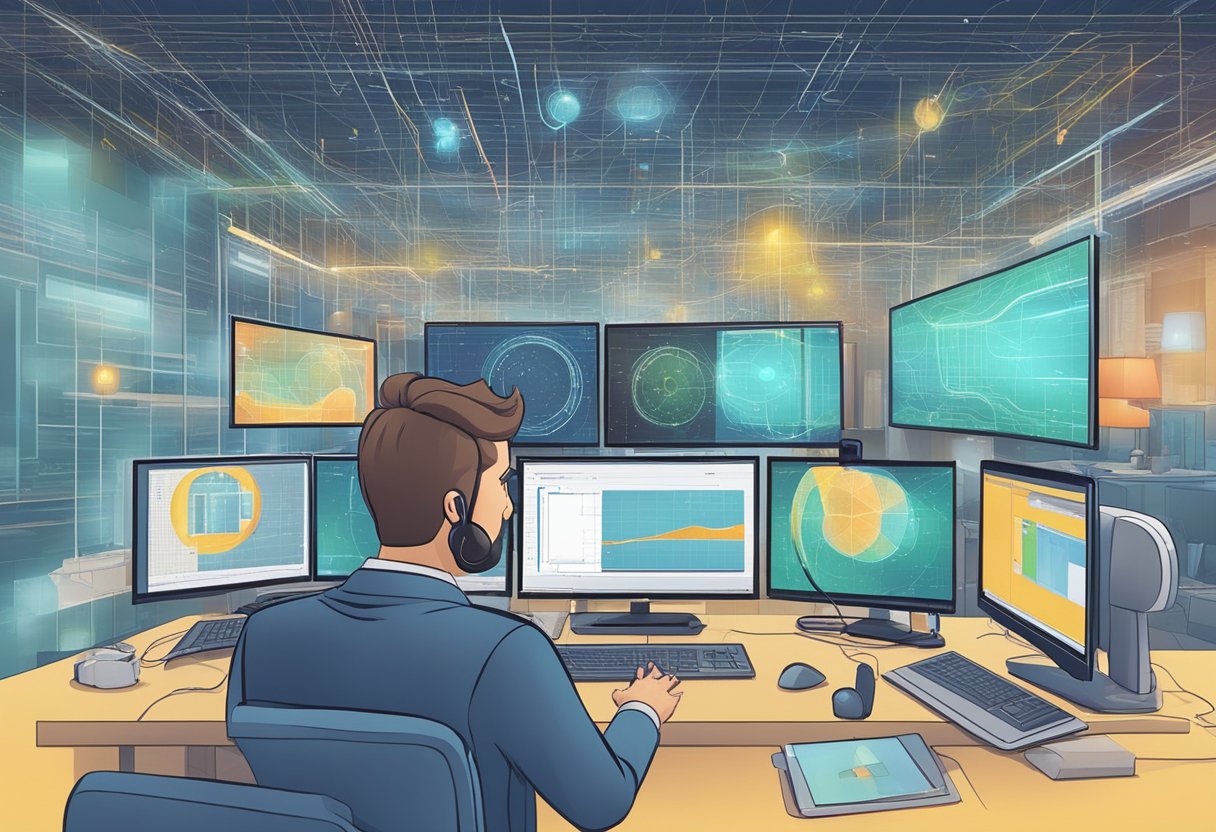
As computer vision technology continues to advance, there are several emerging trends and research areas that are shaping its future. In addition, the convergence of computer vision with other technologies is opening up new possibilities for applications and use cases. Here are some of the key developments to watch out for in the coming years:
Emerging Trends and Research Areas
One of the most exciting areas of research in computer vision is the use of neural networks and generative AI to enhance image and video processing. These techniques allow for more accurate object recognition, image segmentation, and even the creation of realistic synthetic images and videos.
As these techniques continue to evolve, they could have significant implications for fields such as medicine, entertainment, and security.
Another area of focus is the development of augmented reality (AR) applications that use computer vision to overlay digital information onto the real world. This technology has the potential to revolutionize industries such as retail, education, and tourism, by providing users with immersive, interactive experiences that blend the virtual and physical worlds.
The Convergence of Computer Vision with Other Technologies
As computer vision technology becomes more sophisticated, it is increasingly being integrated with other technologies such as machine learning, robotics, and IoT. This convergence is creating new opportunities for collaboration and innovation across a wide range of industries.
For example, computer vision-enabled robots are being used in manufacturing and logistics to automate tasks such as quality control and inventory management. Similarly, computer vision-powered IoT devices are being used in smart homes and cities to monitor and optimize energy usage, traffic flow, and other key metrics.
Preparing for a World Where Vision Technology Is Ubiquitous
As computer vision technology becomes more ubiquitous, it is important for organizations to prepare for its impact on society.
This includes addressing issues such as privacy, security, and ethical considerations related to the use of this technology.
The IEEE Computer Society is one organization that is working to address these challenges.
They are promoting standards and best practices for the development and deployment of computer vision technology.
By collaborating with industry leaders and researchers, the IEEE is helping to ensure that this technology is developed in a responsible and sustainable way.
Overall, the future of computer vision looks bright, with exciting new developments and applications on the horizon.
By staying informed about emerging trends and best practices, organizations can prepare for a world where computer vision technology is an integral part of everyday life.

